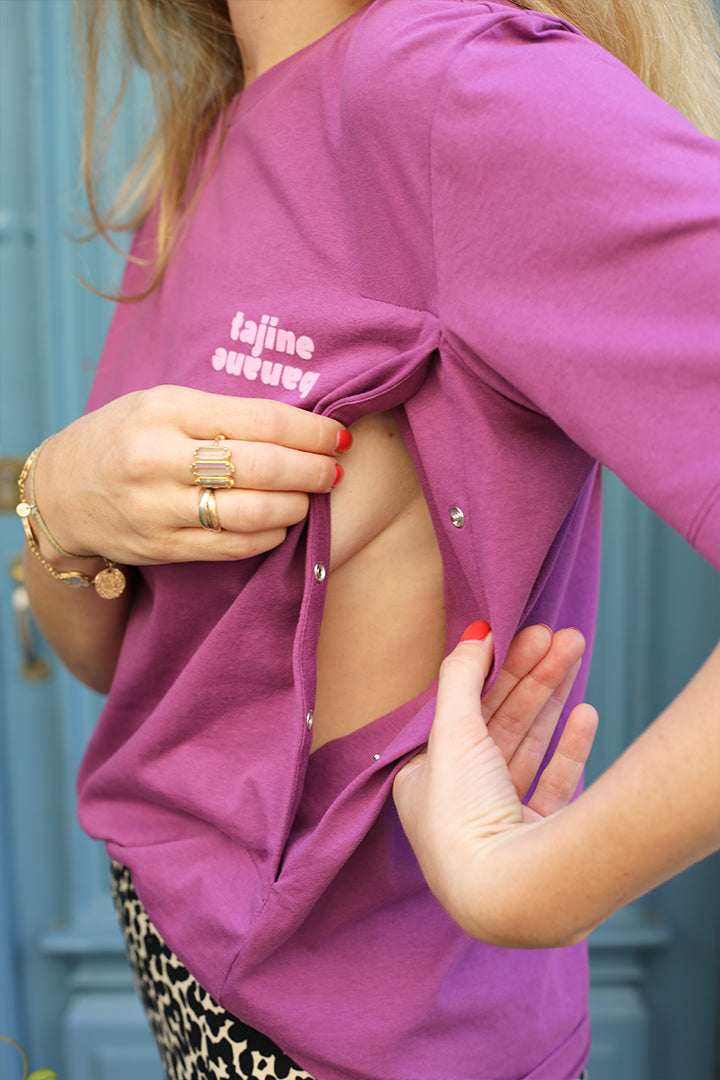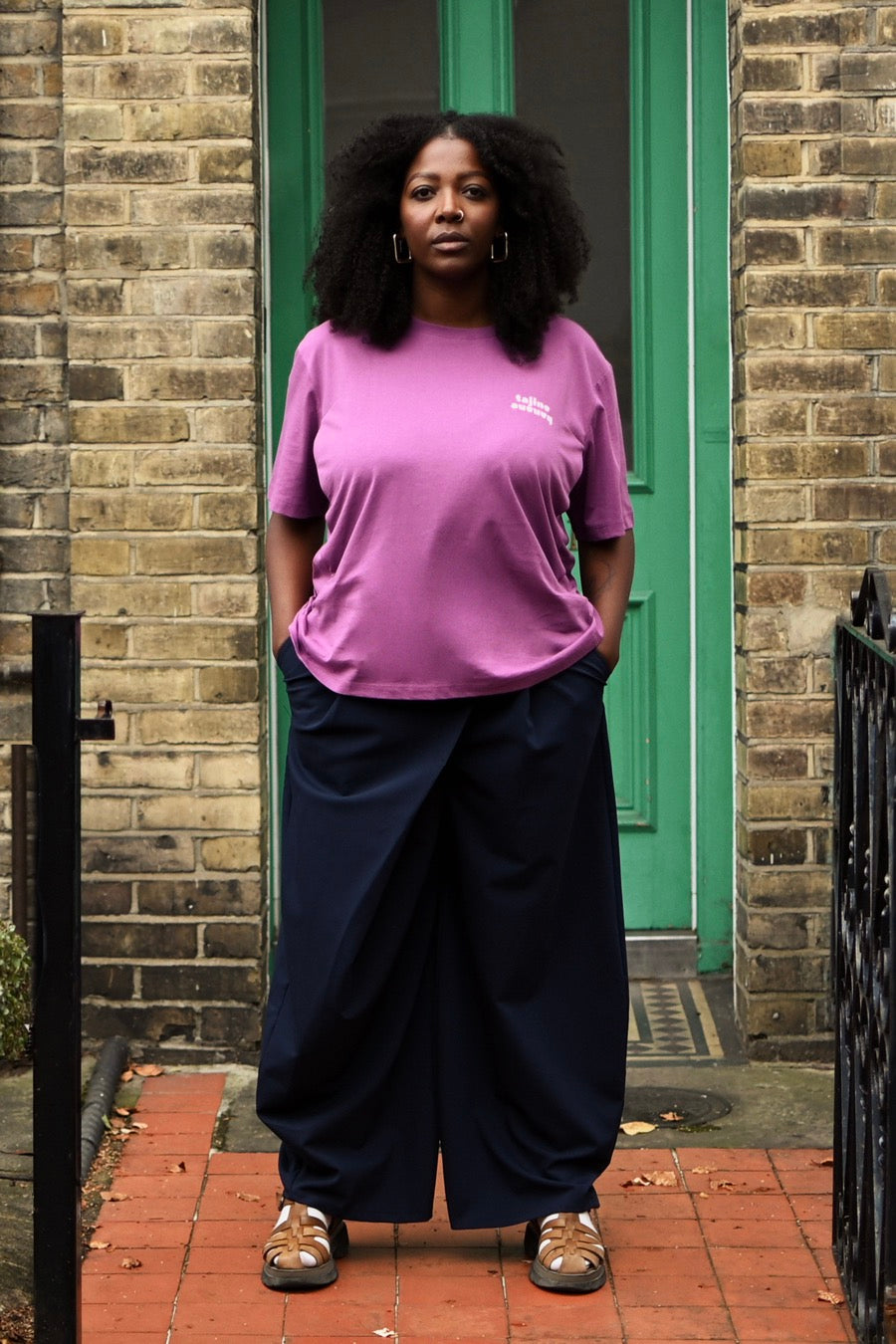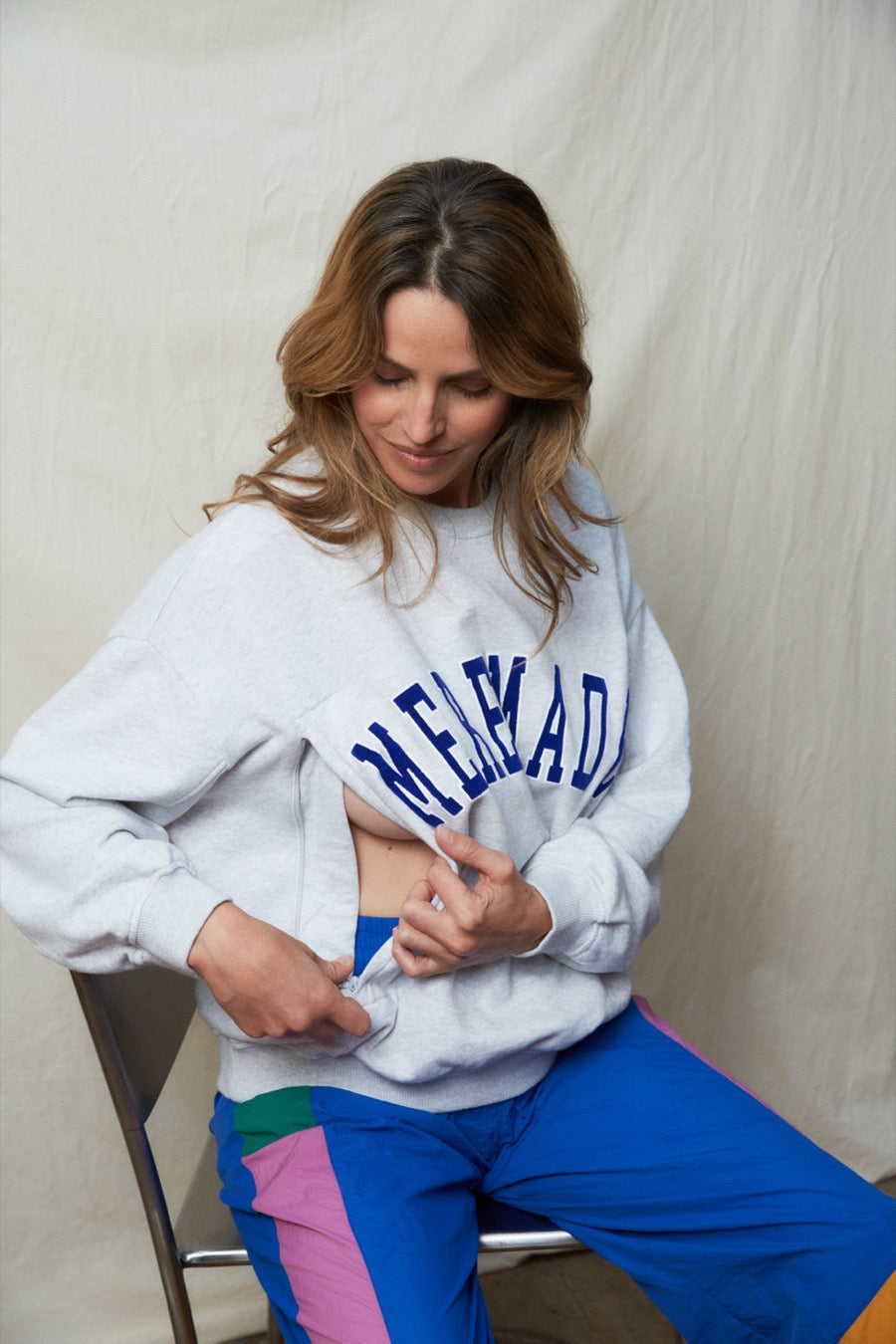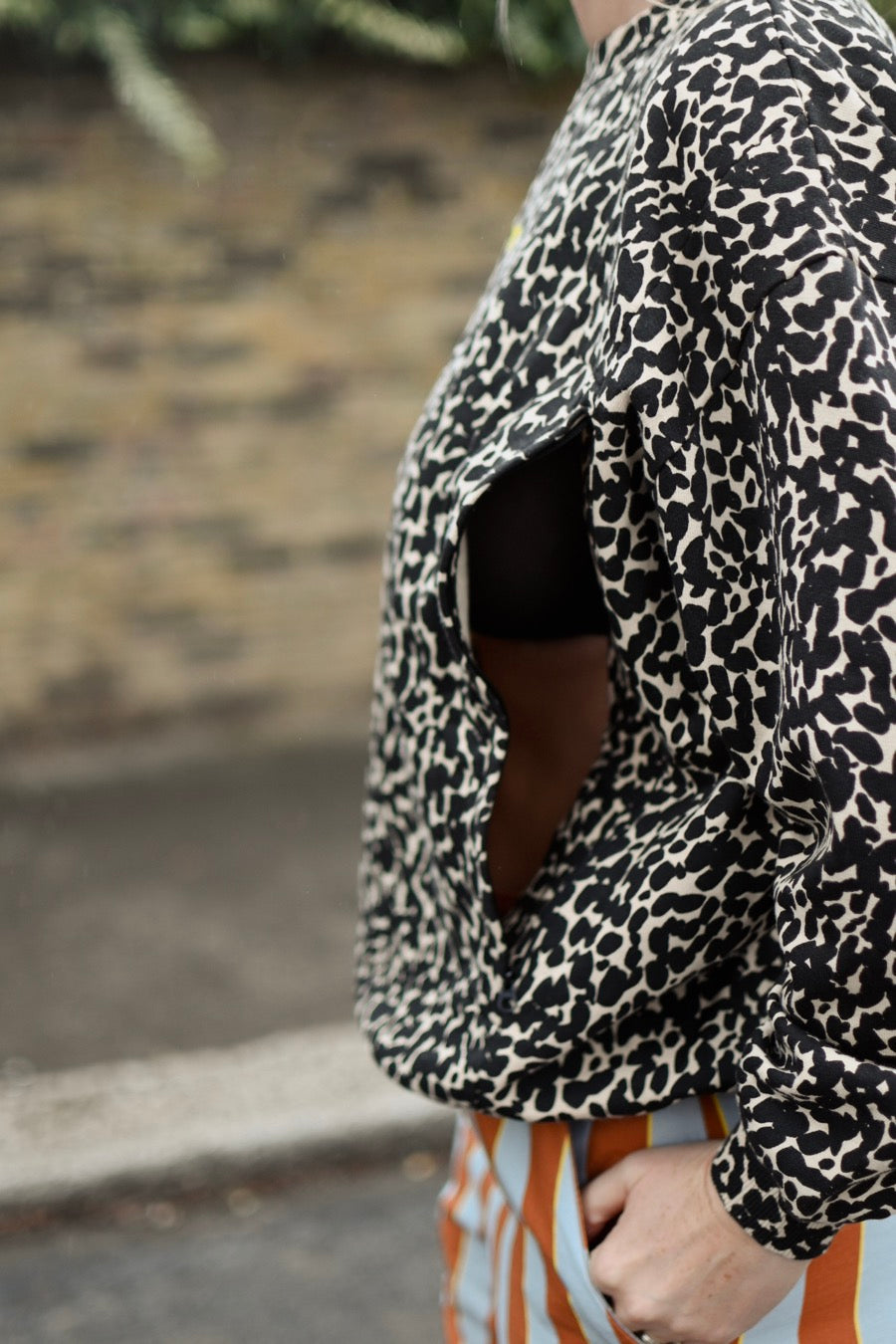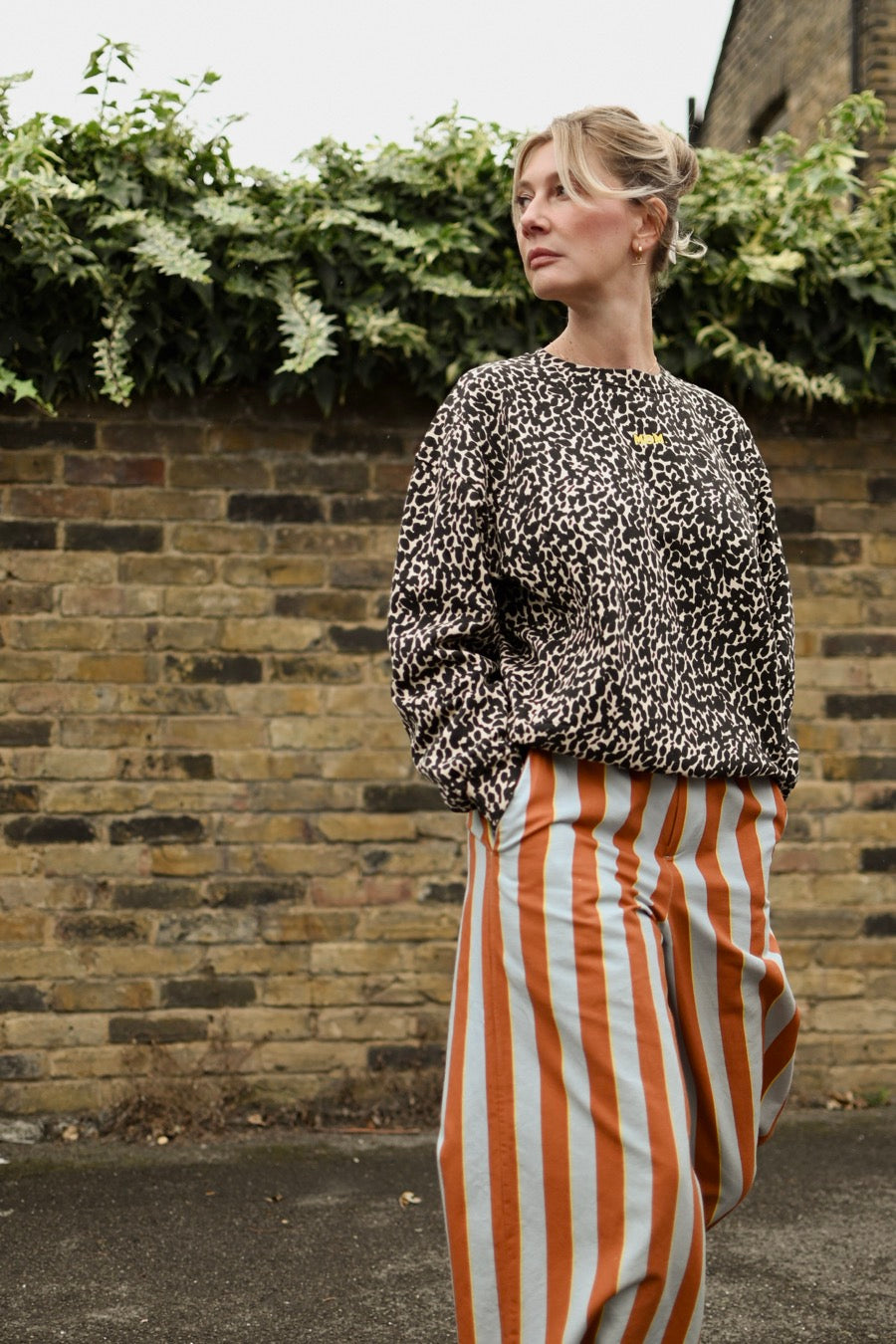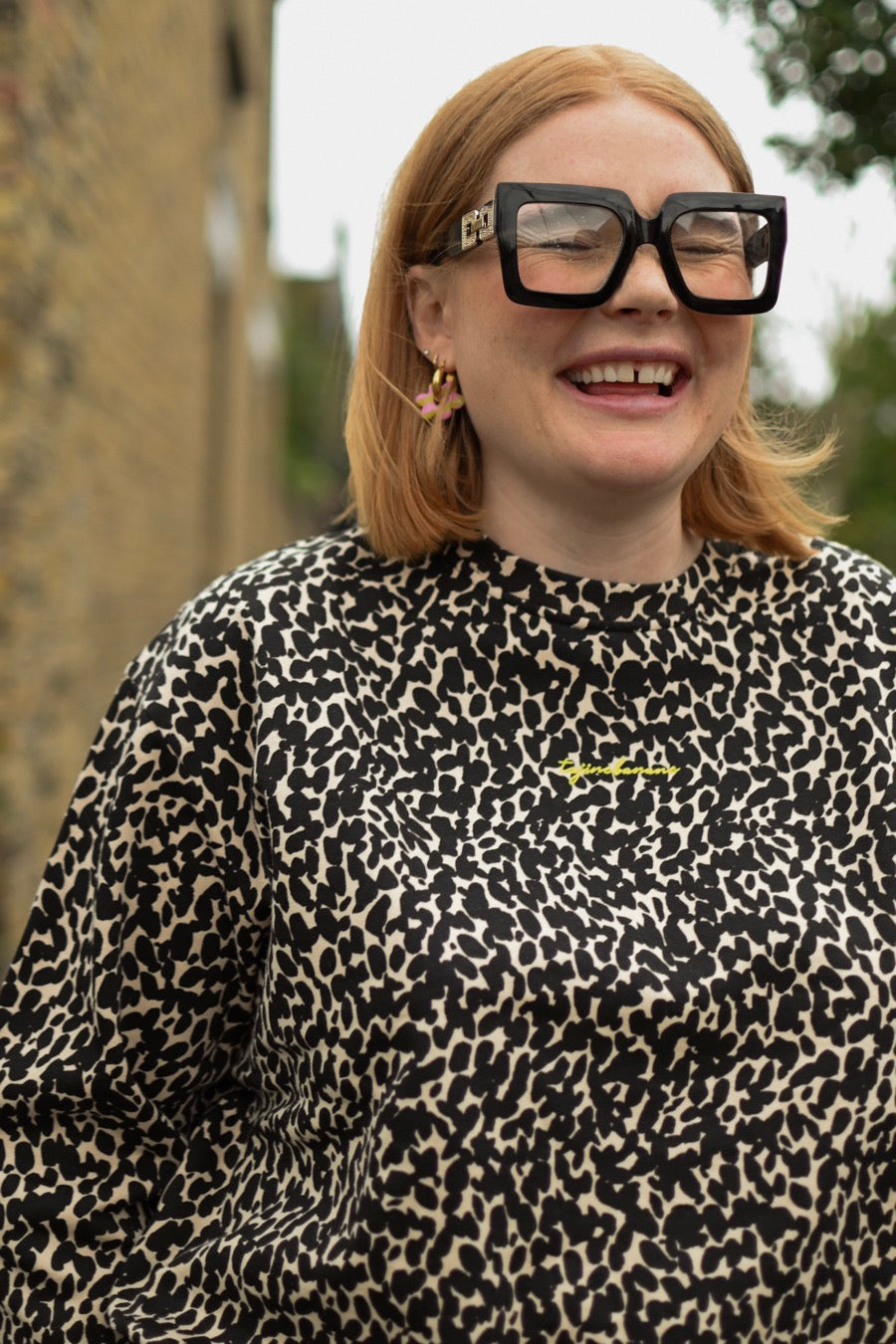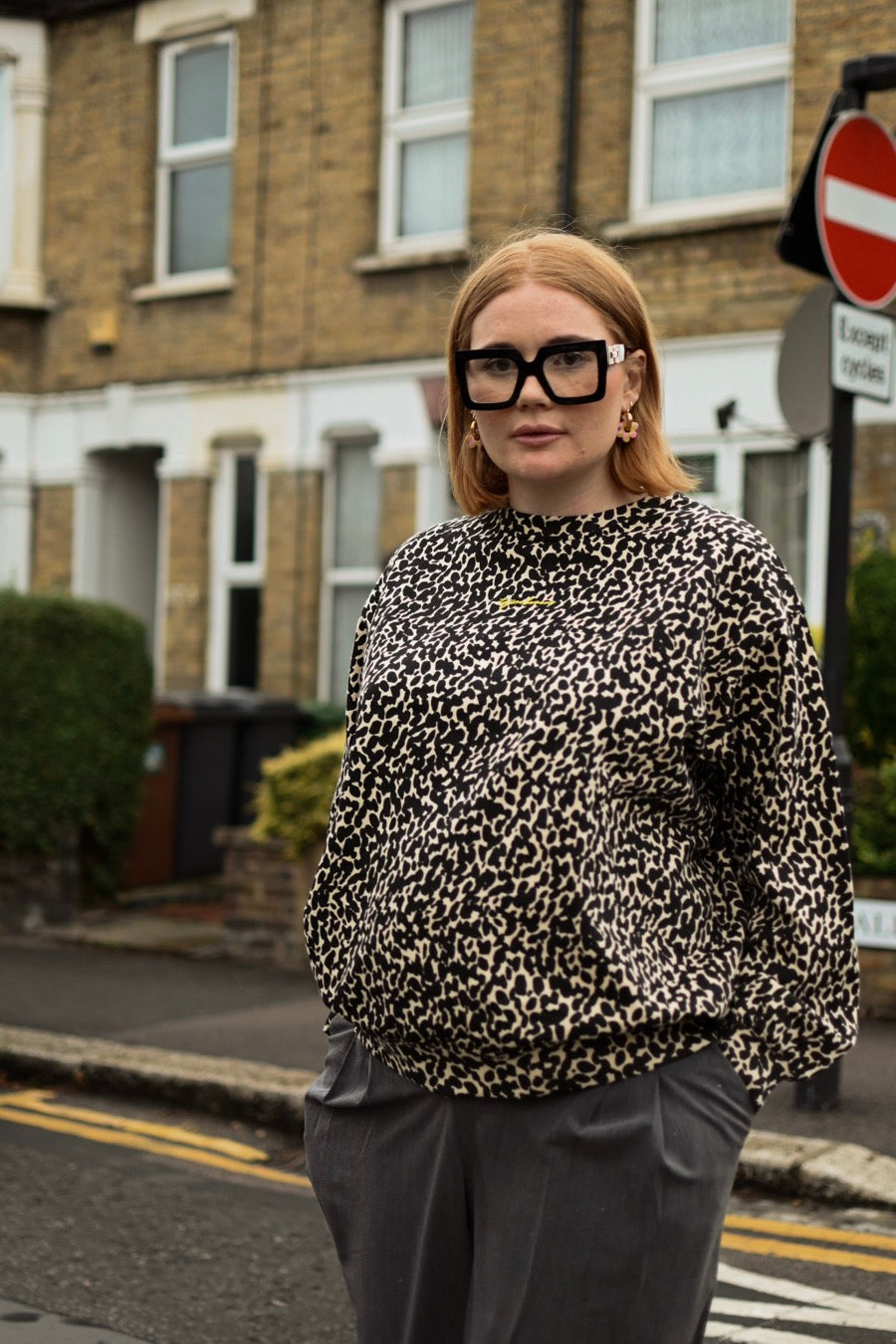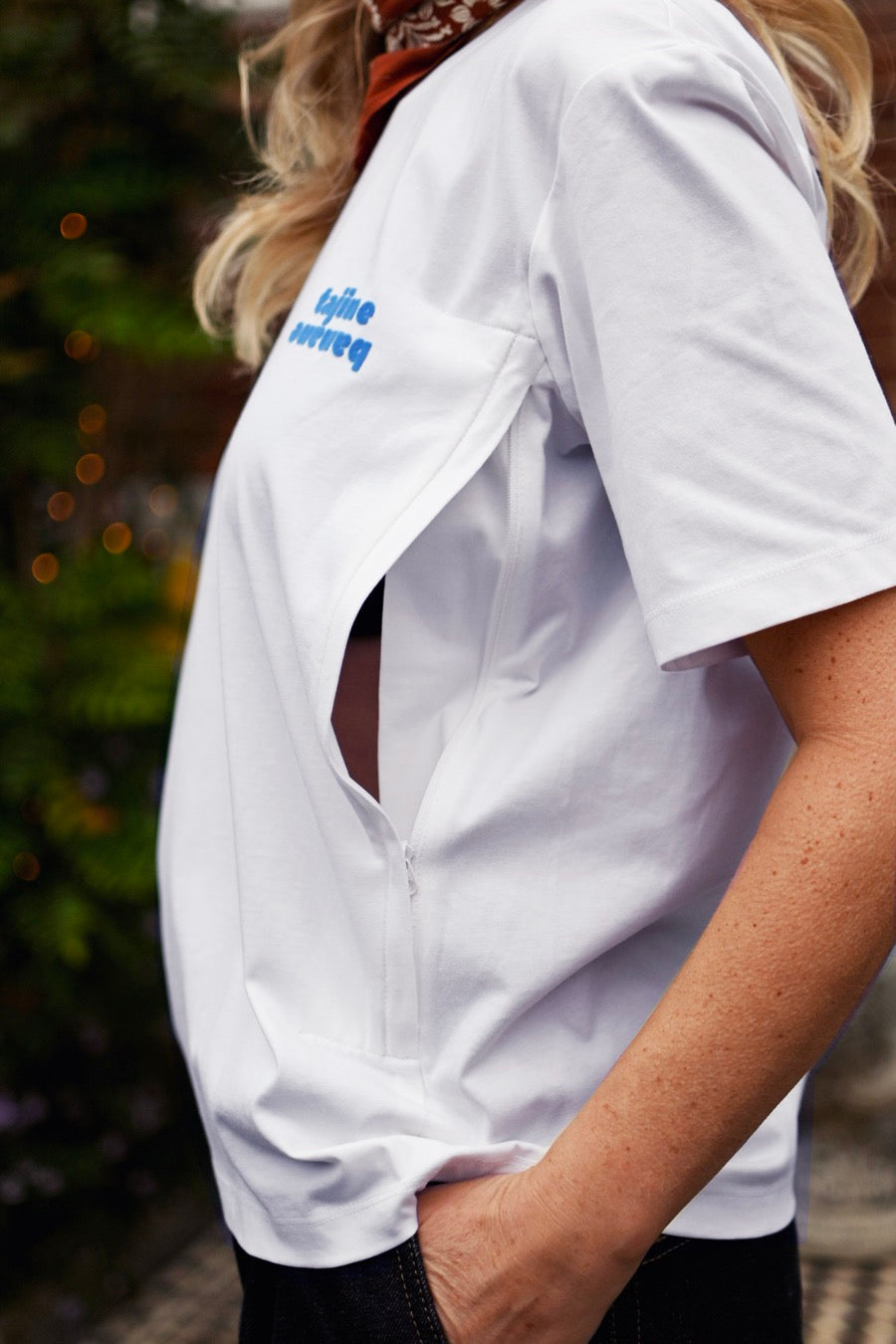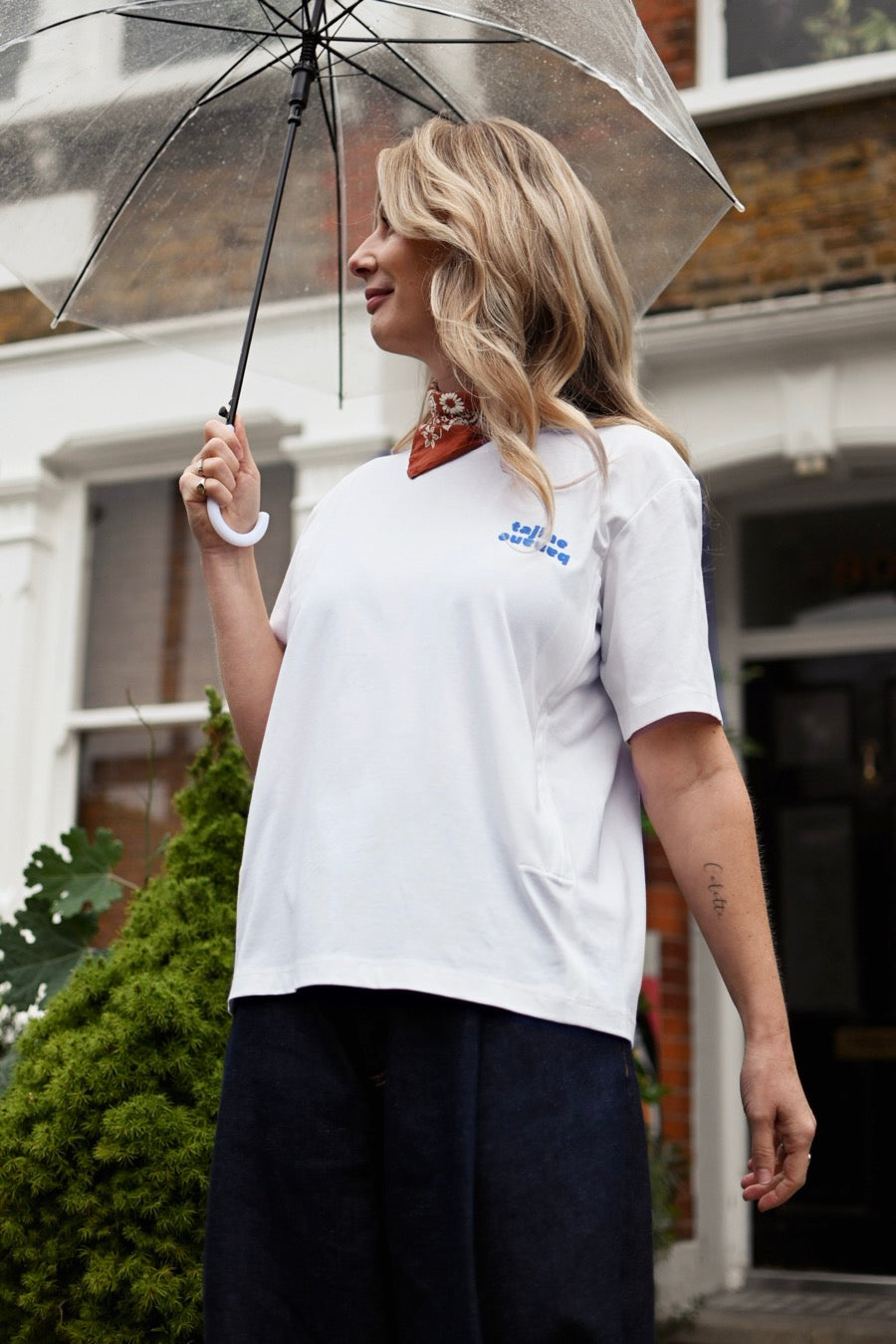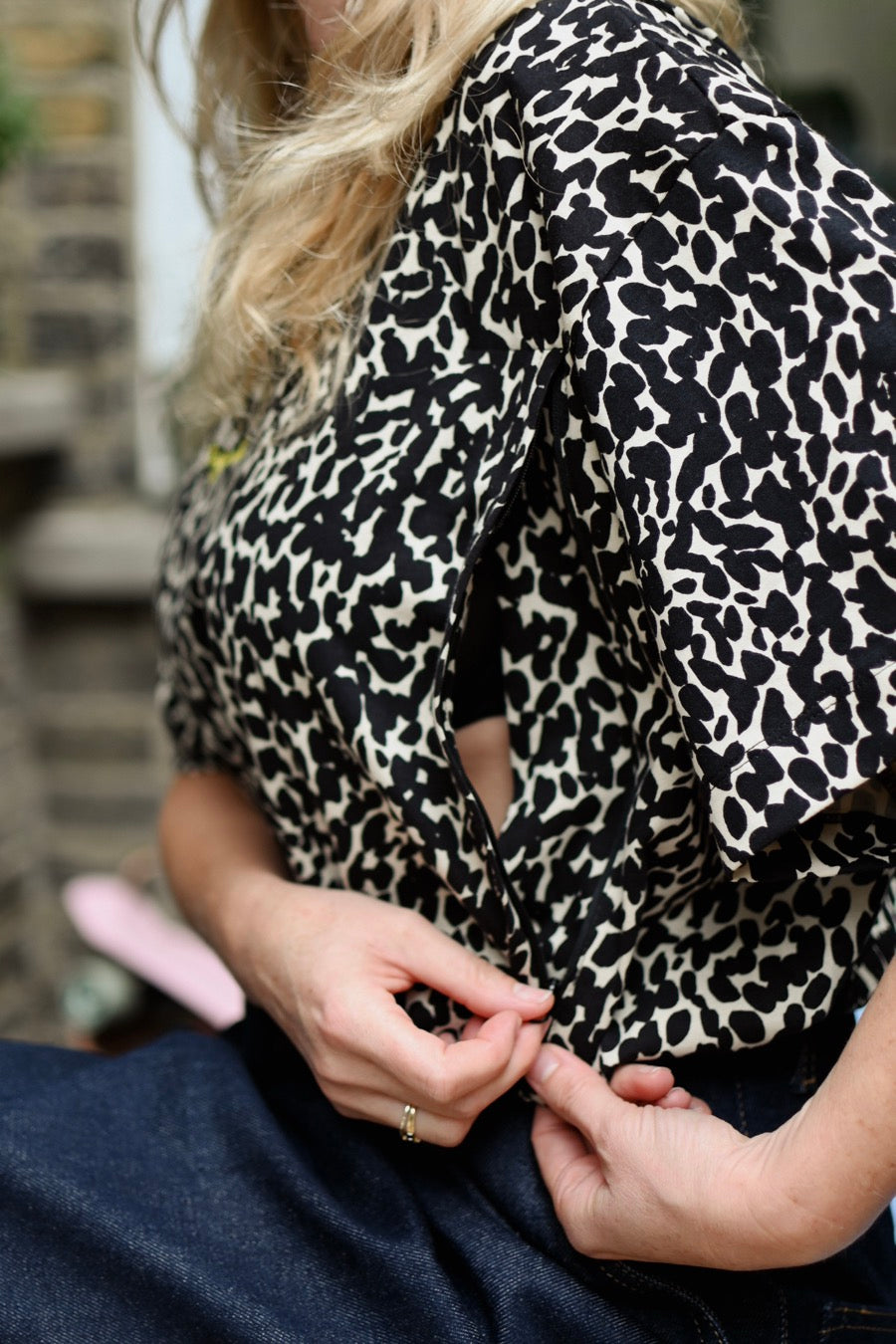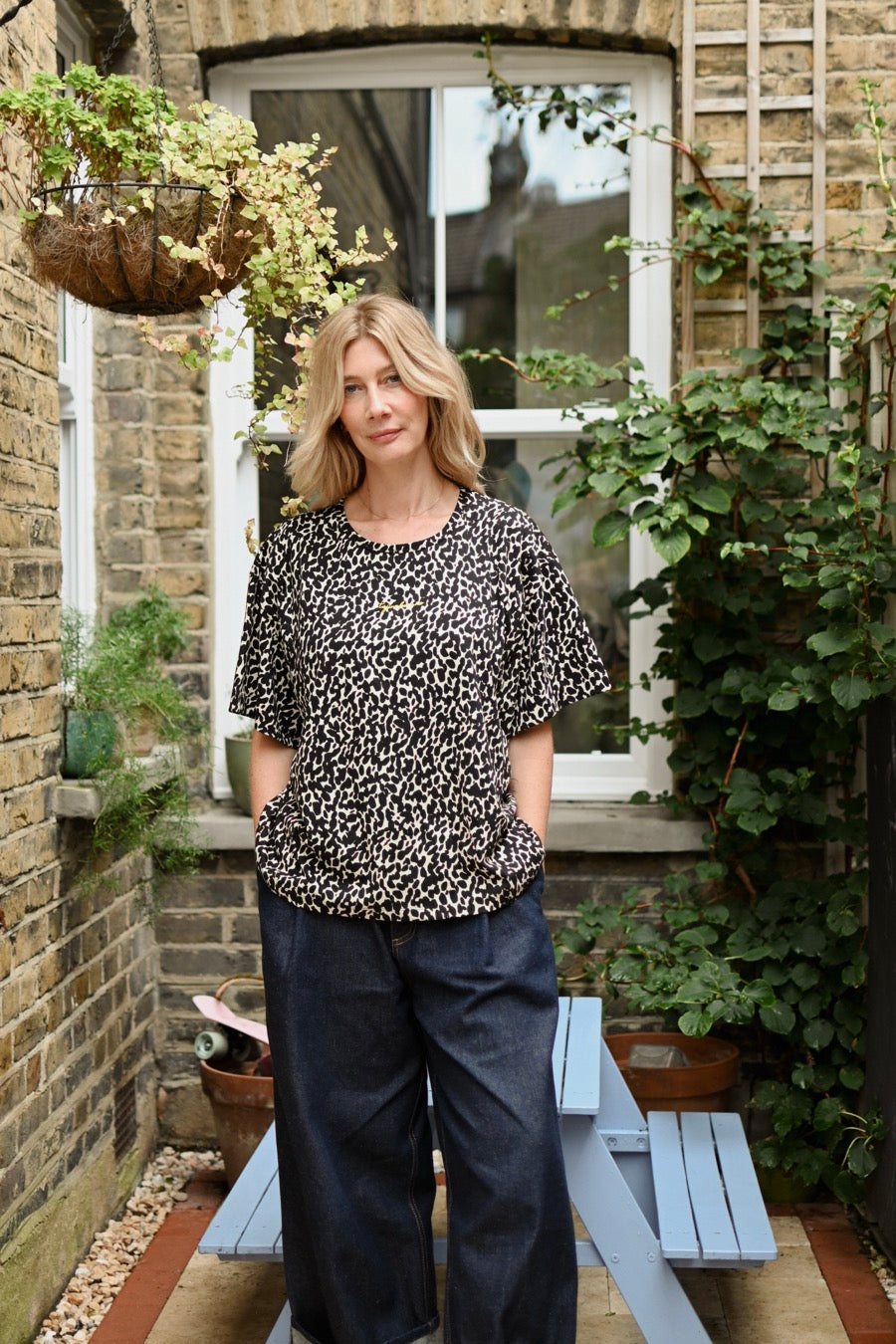STORING MY BREAST MILK
EVERYTHING YOU NEED TO KNOW
When you’re breastfeeding, there often comes a moment when you ask yourself: “How can I store my breast milk so it stays safe and fresh?” Whether it’s to return to work with peace of mind, enjoy a little outing, share a bottle with your co-parent, or simply keep a reassuring stash in the freezer, knowing how to store your milk can be a real lifesaver for parents.
But we know it’s easy to get confused with all the rules — from freezing to thawing, and all the way to feeding time. That’s why at Tajinebanane, we’ve put everything together for you, nice and simple. 🫶
HOW LONG CAN YOU STORE BREAST MILK?
Good news: breast milk is a precious food that can be stored for hours — or even weeks — depending on the method. But be careful, storage times vary depending on how you store it:
- Room temperature (up to 77°F / 25°C): about 4 hours
- Refrigerator (up to 39°F / 4°C): up to 4 days
- Freezer (-0.4°F / -18°C or colder): up to 6 months, but ideally no more than 4 months to preserve its benefits
👉 Quick tip: at Tajinebanane, we even created a handy magnet summarizing breast milk storage — perfect to stick on your fridge and avoid any doubts! Otherwise, remember the 4-4-4 rule: 4 hours, 4 days, 4 months.
CAN I THAW MY BREAST MILK?
Thawing breast milk is an important step, because improperly warmed milk can lose some of its nutrients. That’s why we’ve gathered the right practices for you:
- In the fridge: take the milk out the day before and let it thaw gradually.
- For faster thawing: run the bag or bottle under warm (not hot) water, making sure the water isn’t too hot.
⚠️ Never use the microwave: it can create hot spots that are dangerous for your baby and can damage the milk’s properties.
Once thawed, breast milk can be kept in the fridge for up to 24 hours.
⚠️ Most importantly: thawed milk should never be refrozen.
AND HOW ABOUT THAWING?
Once thawed, warming breast milk requires a gentle touch: the goal is simple — bring it to a lukewarm temperature for your baby. Here’s a safe and easy method to follow:
- Use a bottle warmer: these devices are designed for gentle heating and are a convenient way to warm milk to the ideal temperature without creating hot spots. But always check the temperature before feeding, as some devices can occasionally overheat.
- Swirl the bottle: after warming, gently swirl the bottle or container (well sealed) to mix the milk, since fats can separate. No need to shake too hard — that could damage some delicate cells and reduce the milk’s benefits.
- Test on your wrist: before feeding, pour a few drops on the inside of your wrist (the skin here gives the most accurate sense of temperature). The milk should feel warm, not hot. If it’s too hot, let it cool a little.
It’s recommended to use warmed milk within 30 minutes. But don’t worry — breast milk doesn’t have to be warm. Some babies happily drink it at room temperature or slightly warm, which can make outings or nighttime feedings easier.
WHAT IF MY BABY DOESN'T FINISH HIS BOTTLE?
One detail that’s often forgotten, but we’ve all faced: what to do with leftover milk after your baby has finished feeding? An opened bottle should be consumed within 1 hour. After that, it’s safest to discard it, since saliva in the milk can encourage bacterial growth.
And if this feels discouraging, try thawing milk in smaller amounts to avoid waste.
ET LE LIEN AVEC BÉBÉ DANS TOUT ÇA ?
Some might think that giving a bottle of stored milk creates distance from the baby, but it’s actually quite the opposite. Feeding your child, whether at the breast or with expressed or warmed milk, is still a moment of tenderness and connection. What matters isn’t just how the milk is given, but the gentle touch, the shared glances, and the warmth of loving arms.
A bottle of breast milk can also be a wonderful opportunity for the co-parent to take part in feeding and strengthen that unique bond. Again, there’s no “right” or “wrong” way, only the way that works best for you and your baby.
_
Need help?
If you need personalized advice, don’t hesitate to reach out to a lactation consultant, a midwife, or a healthcare professional trained in breastfeeding. There’s even an online directory of IBCLC lactation consultants to help you find support near you.
In short, storing breast milk is mainly about organization. Whether you choose the fridge for quick use or prefer to build a small freezer stash, the key is finding a routine that makes your daily life easier. 💛
And even if a bag gets forgotten, your baby refuses a bottle, or things don’t go exactly as planned, remember: you’re already doing so much. What matters most is that your baby is fed and loved — everything else is just a detail. 💛
-
Written by Bertrand Lamy
@tajinebanane
Our essentials for pumping
